Ethereum Shopping Center is very lively with many stores. Users can make transactions in stores such as Uniswap and Curve, or play games in stores like Axie Infinity.
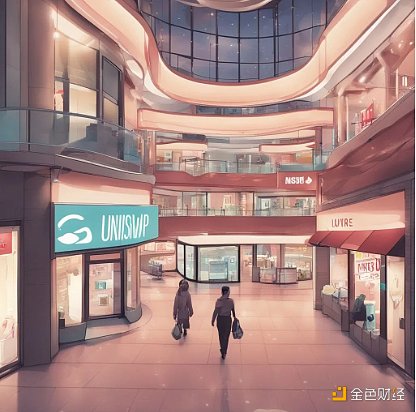
Ethereum Shopping Center adheres to the principle of decentralization. When users make purchases, there is no centralized institution like a bank to provide unified settlement services. Instead, independent cash registers (nodes) collectively maintain a decentralized ledger. This decentralized ledger is the Ethereum blockchain itself. Since there is no unified manager, in order to ensure the consistency of each cash register’s ledger and prevent malicious tampering by some cashiers, Ethereum Shopping Center has established detailed rules for each independent cash register.

- Coinbase elaborates on the five neutral principles of the Base
- Finding the ‘Holy Grail’ of Chain Game Tracks in the Next Bull Market
- Evening Must-Read | Reasons why the Federal Reserve is destined to fail
Firstly, each cash register needs to download this ledger. In other words, from the beginning, everyone has the same ledger. After that, users start submitting transactions. Each cash register has a data packet that captures the transactions submitted by users and strives to fill the data packet. Then, according to a specific proposal rule, everyone selects the data packet of a certain cash register as the standard (forming a consensus). At this point, does this cash register have a new data packet (new block)? So, it broadcasts the information of its new data packet, and other cash registers download this new data packet. In this way, everyone’s ledger is consistent again.
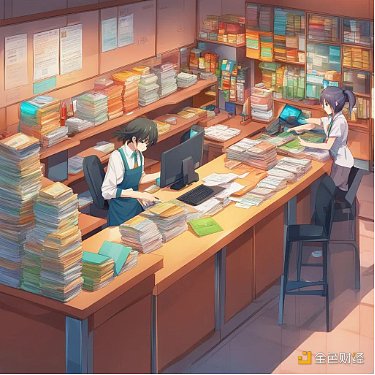
Here comes the key question!! After other cash registers download the new data packet, they also need to verify whether the transactions in this data packet are genuine. How to verify? It is to simulate the execution of the transactions contained in the data packet. In order to verify the transactions, the cash register also needs to maintain the current state (user account balance, smart contract status, etc.), store historical states, and other information. In summary, cashiers at the Ethereum Shopping Center need to handle four levels of tasks: consensus (ensuring ledger consistency), settlement (confirming transactions), data (recording user current account balance and transaction history), and execution (executing user transactions). Usually, Layer1 is divided into four layers:
1) Consensus Layer
2) Settlement Layer
3) Data Layer
4) Execution Layer
This makes Ethereum highly decentralized and secure, but not very efficient, resulting in people often queuing for settlement.
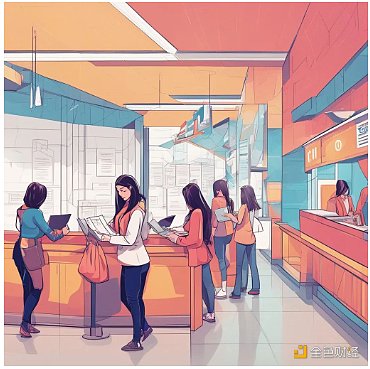
Therefore, the “modular” reconstruction project of the Ethereum Shopping Center began. (“Modular” concept was first proposed by the Celestia team, usually referring to the scalability of Ethereum) The reconstruction plan is called “Rollup”, and the principle is to build several buildings around the original Ethereum Shopping Center, also serving as a shopping center. Subsequently, high-rise buildings named “Arbitrum, Optimism, zkSync, Scroll”, and others were established, and of course, there is also a building called Manta LianGuaicific built by Manta Network.

These high-rise buildings are connected to the Ethereum main building by a “bridge”. For example, when users shop in the Optimism building, after a period of time, the “cashiers” in the Optimism building will compress and package the sorted user transactions and submit them to the Ethereum main building. The cash register in the Ethereum main building performs the final settlement and confirms the validity of the user’s shopping behavior in the Optimism building. Do you still remember that the Ethereum main building needs to complete four levels of consensus (ensuring ledger consistency), settlement (confirming transactions), data (recording user’s current account balance and transaction history), and execution (performing user transactions)? Therefore, other shopping centers take on the execution function, which separates the execution layer from the Ethereum main building and reduces the burden on the main building. In other words, each Layer2 is actually the Ethereum execution layer, including Manta LianGuaicific. The Ethereum main building actually becomes a “clearing center” to confirm the finality of transactions in other buildings. By migrating user transactions to other buildings, the Ethereum main building becomes a clearing center in a clever way. Compressing the transactions submitted by users in other buildings and submitting them to the Ethereum main building clearing center in batch form can greatly improve the efficiency of transaction processing in the main building.
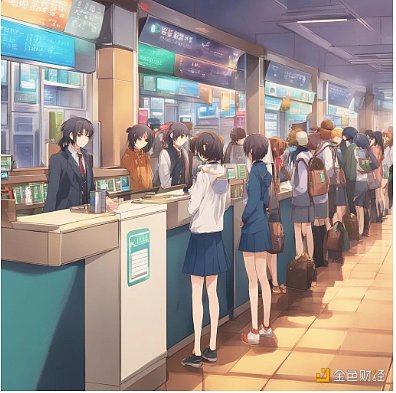
The question is, how does the Ethereum main building determine whether the transactions submitted by other shopping centers are correct? What if the cashiers in other shopping centers cheat or maliciously tamper with user transactions? Therefore, the Ethereum main building verifies the correctness of transactions in two ways: fraud proof (Optimistic Rollup) and validity proof (ZK Rollup). Fraud proof is based on economic assumptions, where other cashiers can challenge a cashier’s misconduct and prove that they maliciously tampered with transaction information. If the challenge is successful, the challenging cashier will receive a fine from the misconduct cashier. Shopping centers that plan to use fraud proof include Optimism and Arbitrum.

Validity proof is based on cryptographic assumptions. When users make transactions in shopping centers such as zkSync, Starknet, Scroll, and Linea, the cashiers in these shopping centers will gather everyone’s transaction information and generate a cryptographic zero-knowledge proof (ZK proof) to prove that the user’s balance and other status information have changed. The cashiers will transmit the ZK proof to the settlement center of the Ethereum main building, and the settlement center will verify the ZK proof using cryptographic methods to verify the correctness of the transaction information represented by the proof. Therefore, Optimistic/ZK represents the way the Ethereum main building verifies the correctness of transactions in various shopping centers, while Rollup represents the way various shopping centers compress and package the transactions that occur within themselves and transmit them to the settlement center of the Ethereum main building.

In addition, since the generation of ZK proof involves the use of cryptographic and mathematical principles, the encryption method is significantly different from the original settlement system of the Ethereum main building. Therefore, the existing settlement system of the Ethereum main building does not support the generation of ZK proofs very well. This has also resulted in the need for shopping centers such as zkSync, Starknet, Scroll, and Linea to modify their own settlement systems. This modification is not very friendly to the original merchants of the Ethereum main building, as they need to learn and adapt to the new settlement systems of shopping centers like zkSync, Starknet, Scroll, Linea, etc.
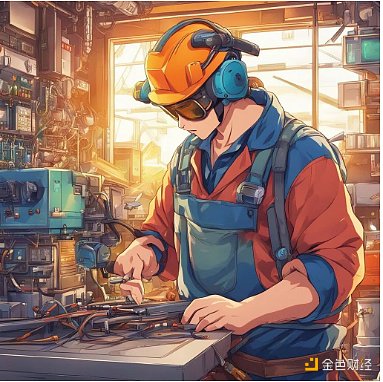
In contrast, Optimism, represented by Arbitrum, almost has no compatibility issues with the liquidation system in Optimistic Rollup shopping centers.
Secondly, although ZK Rollup shopping centers are theoretically safer than Optimistic Rollup shopping centers, the security of the ZK liquidation system itself, the security of the language used to write the ZK liquidation system, and the security of the compiler that compiles the ZK programming language into the original Ethereum language still need to be tested over time.
In addition, currently, the transformation between Optimistic and ZK is also very modular, so the services, user experience, economies of scale, and network effects provided by the shopping centers may be more important.
About Manta NetworkManta Network is a modular ecosystem designed for ZK applications. Manta Atlantic is the fastest ZK L1 and brings programmable privacy to Web3 through compliant on-chain privacy and DID identity. Manta LianGuaicific is currently the only L2 ecosystem that natively supports ZK applications on EVM, providing a scalable and low-gas environment for ZK applications and allowing direct deployment using Solidity. Together, Manta Atlantic and Manta LianGuaicific provide the best experience for the development and adoption of next-generation Web3 applications.
Like what you're reading? Subscribe to our top stories.
We will continue to update Gambling Chain; if you have any questions or suggestions, please contact us!